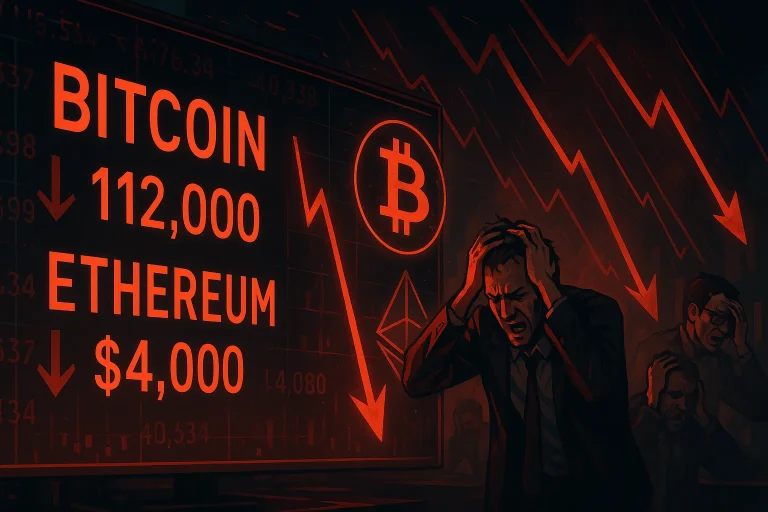The Turkish lira continued its slow downtrend and reached its all-time low as traders waited for the upcoming interest rate decision. The USD/TRY exchange rate rose to 41.94, up by almost 20% from its lowest point this year. It has soared by over 450% in the last five years.
Why the Turkish lira is crashing
The Turkish lira has been in a strong downtrend for decades because of the lack of independence of the central bank. Unlike in other countries, the Turkish president has the power to hire and fire the central bank at will, a role that Erdogan has used well in the past few years.
Forex analysts believe that the central bank has allowed the currency to fall as long as the decline is lower than the inflation rate.
There is a belief that a weaker lira is good for the economy as it makes its goods cheaper to other countries. Also, a weaker currency is good for the tourism industry as many foreigners, especially in locations and hotels that accept local currency.
Analysts believe that the Turkish lira will continue its freefall as it has done in the past decades. In a statement, a senior portfolio advisor at East Capital Group said:
“We believe the central bank will aim to maintain the link between the pace of inflation and the lira’s depreciation. This should result in a relatively predictable and consistent depreciation path, implying high but gradually declining real returns.”
CBRT interest rate decision ahead
The next key catalyst for the Turkish lira will be the upcoming interest rate decision by the Central Bank of the Republic of Turkey (CBRT), which will happen on Thursday next week.
This will be a closely-watched interest rate decision as it comes after a recent report by the central bank noted that inflation was still high.
The headline Consumer Price Index (CPI) rose to 33.29% in September, much higher than what most analysts were expecting. This surge happened as food, housing, and education costs continued rising.
On the positive side, the inflation surge may have been temporary as September coincided with the reopening of tertiary institutions, a period when prices typically rise.
Still, analysts believe that CBRT will opt to slow down the pace of interest rate cuts. It slashed rates by 250 basis points in September after slashing by 300 basis points in July. The expectation is that it will cut rates from 40.5% to 39.5% in the upcoming meeting.
USD/TRY technical analysis
USD/TRY chart | Source: TradingView
The weekly chart shows that the USD/TRY exchange rate has been in a strong uptrend for a long time. Most recently, it has jumped in all weeks since March.
As a result, the pair has remained much higher than all moving averages, while the Relative Strength Index has remained above the overbought level since May 2022.
Therefore, the most likely scenario is where the pair continues rising as bulls target the next key resistance level at 42. A move above that resistance level will point to more gains, potentially to 45 in 2026.
The post USD/TRY: Here’s why the Turkish lira has crashed to a record low appeared first on Invezz










